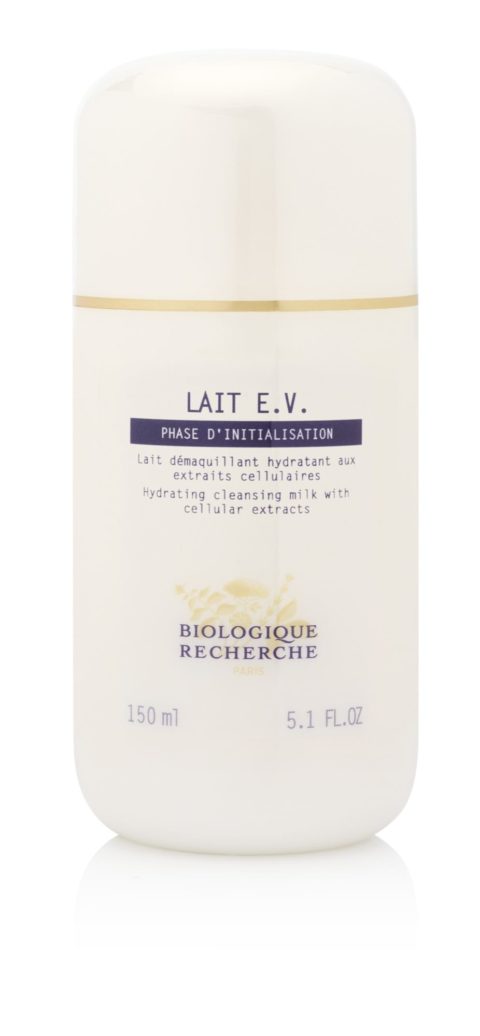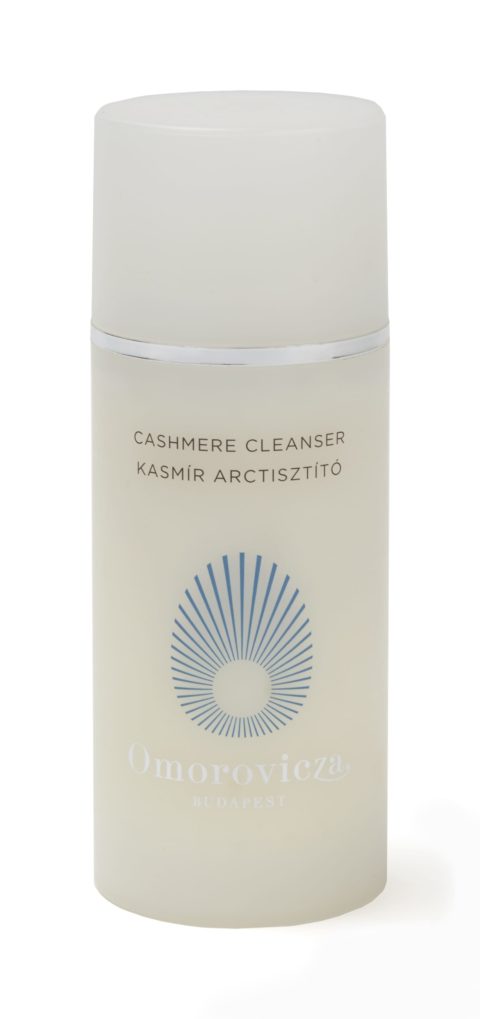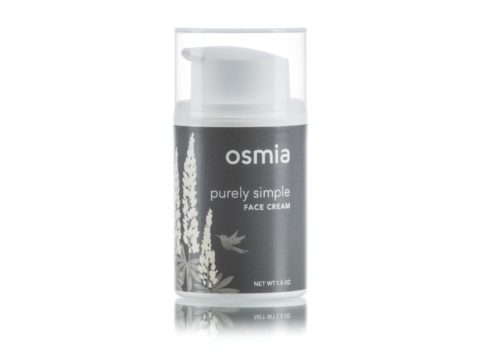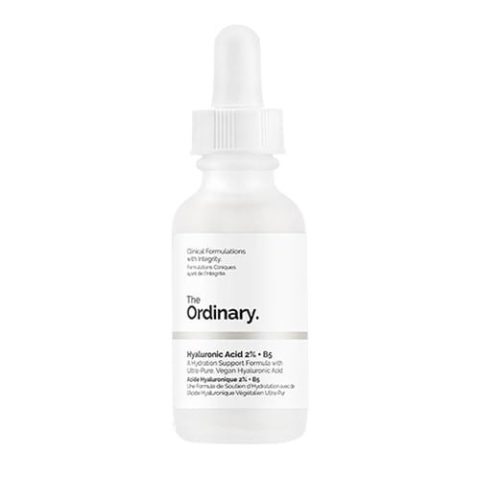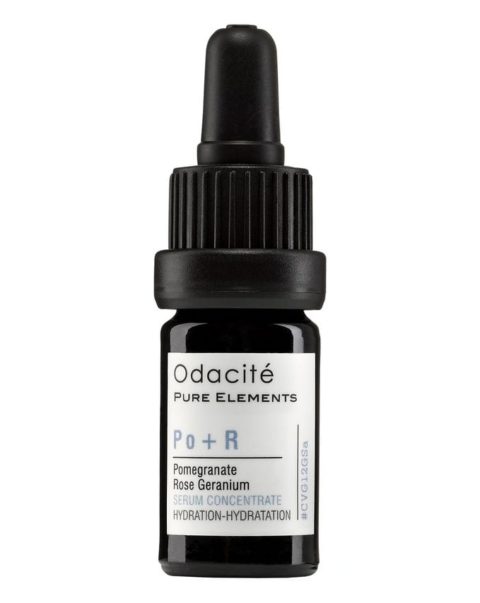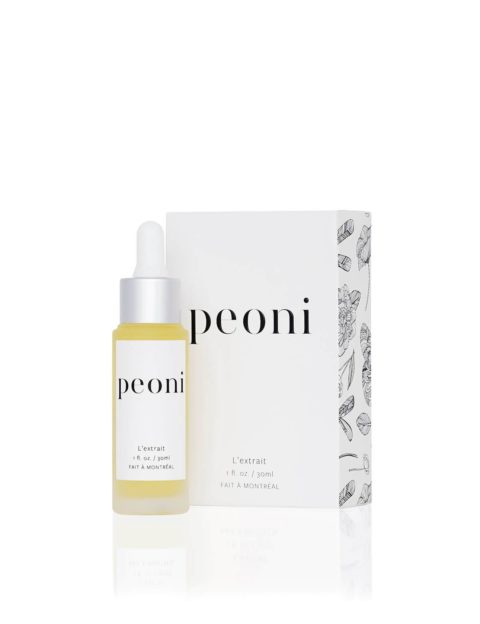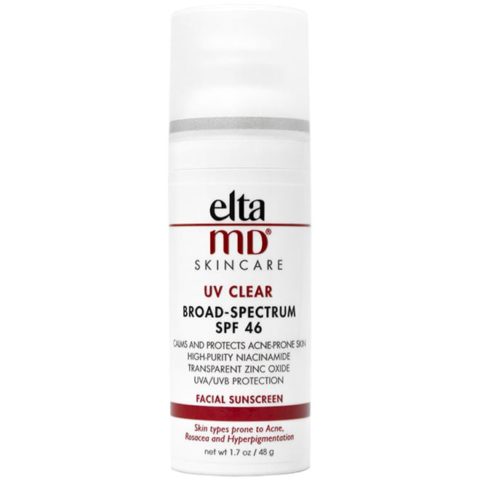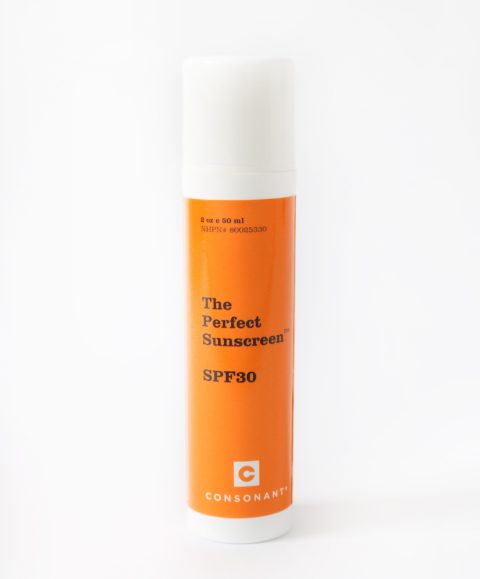Face The Deep Freeze With Five Expert Tips for Winter Proof Skin
While winter has a few pluses — ahem, mulled wine — there are some drawbacks to the chilly season, most notably the effect it has on our skin. “There’s a huge change of climate on the skin [which can cause] conditions to arise,” says skincare specialist and founder of JB Skin Guru Jennifer Brodeur. Dry patches, redness, eczema and more noticeable fine lines are all par for the course once the temperature drops below zero. According to Dr. Frauke Neuser, principal scientist for Olay, temperatures play a crucial role in your skin’s general day to day functionality. “Everything the skin cells do is optimized for 37 degrees, so if it gets very cold, that can be a problem.” She cites -12 as the degree when skin really starts to struggle.
Here, Neuser and Brodeur share pointers for defending skin from Canadian winters, which typically last from November to March and dip to as low as -20.
Hydrate Before Symptoms Occur
Between the dry, low humidity air outdoors and the dry, heated air indoors, your environment is zapping moisture from you at all times. “You’ll wake up and your eyes feel dry, your nose feels dry and that’s your body physically telling you that it’s too dry, which leads to irritation, redness and your skin feeling tight,” says Neuser. When you notice these occurences, that’s the absolute latest you should be thinking about what steps you can take for your skin, says Neuser. Both Brodeur and Neuser advise taking a proactive approach and adding some additional hydration to your routine before winter hits. Try swapping out your lightweight summer moisturizer for a richer one or incorporating a moisture boosting mask into your weekly routine. “If you don’t adapt your rituals early, come winter you’re going to fight with your skin until spring,” says Brodeur.
Don’t Over-Cleanse
There’s a delicate balance of bacteria that makes up our skin’s eco-system, says Brodeur. “The skin has a microbiome: you’ve got good and bad bacteria,” she says. “And when you over-cleanse, you’re stripping your skin, which is killing all your good bacteria.” Harsh face washes can remove the natural oils that hydrate your skin, which is already in a compromised state during the winter months. “Cleansers can be your best friend or your number one enemy during winter,” says Brodeur. “Switching to a non-stripping cream cleanser ensures the skin’s natural oils are not removed and provides optimum nourishment for the skin.”
Go Back To Basics
“During the day you experience pollution, stress, changing climates, lack of sleep and lack of water,” says Brodeur. These conditions further irritate skin that’s already struggling to keep a healthy microbiome due to drying weather. Once your skin becomes inflamed, it’s a common tactic to try and soothe it by piling on layer after layer of skincare, but Brodeur insists that does more harm than good. “The more you throw at your skin, the more it’s going to spit it out. The best thing to do [during a flare up] is stop everything,” says Brodeur. Step away from the bathroom cabinet and just splash with water in the morning and use minimal skincare until your skin gets back under control.
Scan Ingredient Lists
While humectants help draw moisture into your skin — an essential during the winter months — they’re not all created equal. “Many of the synthetic humectants commonly used in skincare products like PEGS and silicones pull water from the deeper levels of skin without replenishing it,” says Brodeur. This helps the surface of your skin to look more hydrated, but only for a short period of time. As the water in your skin evaporates, you’re left with less hydration overall, leading to dryness, dullness, and more prominent fine lines, warns Brodeur. She suggests aloe, honey, hyaluronic acid and glycerin. “These are only a few of the many natural humectants that are great for the skin,” she says.
Add An Oil To Your Routine
The depths of winter is the best time to dig into facial oils. Rich in essential fatty acids, they also carry nourishing ingredients deeper into the skin. “The omega fatty acids found in face oils truly are remarkable ingredients for the skin,” says Brodeur. “They serve as the essential building blocks of skin’s surface layers, creating a smoother, more even, healthier complexion, no matter your age or skin type.” They can be pressed directly onto the face—we like to deeply inhale them from our hands before we do so for an added chill out moment— or you can add a few drops to your day or night cream to boost hydration levels. A few of Brodeur’s faves are sunflower seed, peony root extract and sesame oils; they have antibacterial and anti-inflammatory properties to protect your skin against environmental aggressors.
SPF Is Still Key
While wearing SPF daily should be a no brainer by now, many forgo that step once the temperature drops as UV exposure decreases in the winter. While UVB is less intense, UVA rays are present year-round. “It’s those small amounts of UV that you’re exposed to everyday that accumulate over time, says Neuser. We prefer mineral sunscreens for their ability to be non-irritating, especially at a time when skin is more sensitized.


